The Cup Pig for pipeline cleaning is constructed from top-quality imported polyurethane raw materials, utilizing a unique foaming process exclusive to the manufacturer. To enhance its abrasion resistance and maintain its flexibility, the exterior of the Cup Pig is coated with a net-like polyurethane layer. This tool is specifically designed for cleaning pipelines that have thick or irregular scaling and is also suitable for cleaning operations in pipelines carrying combustible gas media without stopping the flow of the medium.
One of the key features of the Cup Pig is its robust pass-through capability, allowing it to navigate through tight bends as sharp as 1.0D in diameter. It can accommodate a 114 mm diameter electronic transmitter, which is useful for monitoring and diagnostics during the cleaning process. In instances of blockage, increasing the pressure of the medium can cause the Cup Pig to expand and break apart the obstruction, thus clearing the path. The Cup Pig can deform up to 50% of its original size, allowing it to adjust to various pipeline widths and conditions.

1. Key Features of the Cup Pig for Pipeline Cleaning
Construction:
- Material: Manufactured from high-quality imported polyurethane, utilizing a proprietary foaming process.
- Coating: Coated with a net-like polyurethane layer to enhance durability and maintain elasticity.
Design:
- Flexibility and Deformation: Can deform up to 50% of its original size to adapt to varying pipeline conditions.
- Diameter Compatibility: The outer diameter is typically 3% to 5% larger than the pipeline’s inner diameter, ensuring a tight fit and effective seal.
Operational Capabilities:
- Pass-Through Capability: Able to navigate bends as tight as 1.0D in the pipeline.
- Electronic Compatibility: Can carry a 114 mm diameter electronic transmitter for monitoring and diagnostics.
- Blockage Handling: Can break apart blockages by expanding under increased medium pressure.
Cleaning Mechanism:
- Driving Force: Propelled forward by the pressure of the pipeline’s fluid or additional external pressures (water or air).
- Cleaning Action: Uses the pressure differential to move and scrape off debris and sediment from the pipeline walls.
- Pressure Utilization: Utilizes backpressure from the fluid or leakage around the pig to pulverize and remove debris, with specific methods more suitable for different pipeline lengths.
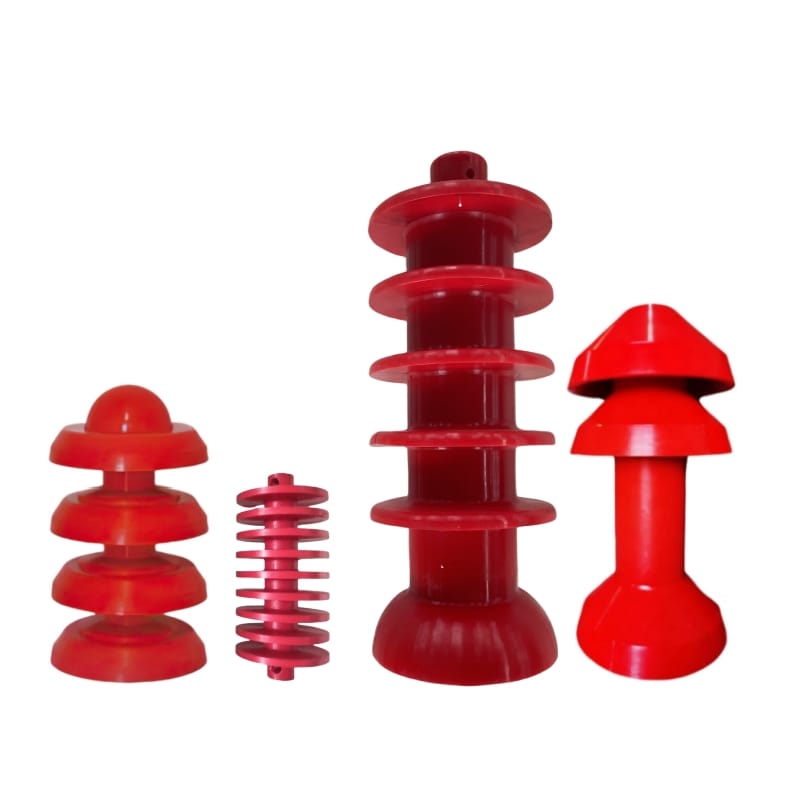
2. Application Summary of the Cup Pig for Pipeline Cleaning
The Cup Pig is specifically designed for effective and versatile use in pipeline maintenance, particularly in challenging environments. Here are the key application areas:
Versatile Cleaning:
- Thick or Irregular Scaling: It excels in cleaning pipelines that have thick or irregular accumulation of scale, where its flexible design allows for effective scraping and removal of such deposits.
- Combustible Gas Media Pipelines: The Cup Pig is safe for use in pipelines that transport combustible gases, as it can perform cleaning operations without requiring the cessation of pipeline flow, ensuring continuous operation and safety.
Efficient Operation:
- Continuous Cleaning: Due to its ability to be propelled by the fluid pressure within the pipeline, or by additional pressure from external sources, the Cup Pig can continuously clean without interruption, pushing out debris and sediment effectively.
- Adaptation to Pipeline Conditions: With its ability to deform up to 50%, it adapts to variations within the pipeline, maintaining a tight fit and high sealing efficiency, crucial for effective cleaning.
Specialized Features:
- Navigation through Tight Bends: The Cup Pig can navigate bends as tight as 1.0D, making it suitable for use in complex pipeline systems where bends and curves are prevalent.
- Use with Diagnostic Equipment: It can carry electronic transmitters (up to 114 mm in diameter), allowing for real-time monitoring and diagnostics during cleaning operations.
Industrial and Infrastructure Applications:
- Oil and Gas Industry: Particularly useful in the oil and gas sector, where pipeline integrity and cleanliness are critical for safe and efficient operation.
- Utility Services: Applicable in other utility services where pipeline maintenance is crucial, such as in water and sewage treatment facilities.
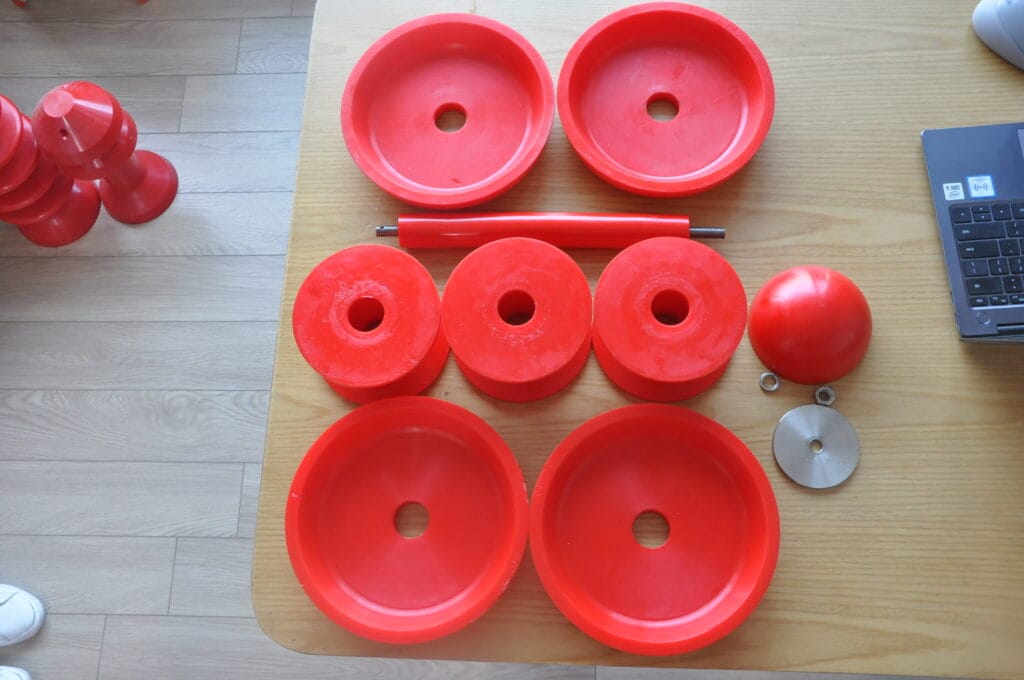
3. How to use it
Preparation
- Pipeline Assessment:
- Conduct a thorough inspection of the pipeline to determine the type and extent of contamination (e.g., scaling, sediment buildup).
- Check the pipeline’s diameter, length, and the presence of bends to choose the correct size and type of Cup Pig.
- Cup Pig Selection:
- Select a Cup Pig with an outer diameter slightly larger than the pipeline’s inner diameter (typically 3% to 5% larger).
- Ensure the Cup Pig is compatible with the medium transported in the pipeline, especially for combustible or hazardous materials.
- Preparation of the Pig Launcher:
- Install the pig launcher at an appropriate section of the pipeline. This device can insert the Cup Pig into the pipeline.
- Ensure all valves and safety measures are functioning correctly on the launcher.
Launching the Cup Pig
- Insertion:
- Place the Cup Pig into the pig launcher.
- Secure any sensors or electronic transmitters if the Cup Pig is equipped to carry them.
- Initiation:
- Close the launcher’s trap door and gradually increase the pressure behind the Cup Pig to initiate its forward movement.
- Monitor the pressure levels to ensure they are within safe operating limits.
Operation
- Monitoring the Progress:
- If equipped with a transmitter, monitor the progress and condition of the Cup Pig throughout its journey in the pipeline.
- Use tracking systems to ensure it hasn’t become stuck or lost.
- Pressure Adjustment:
- Adjust the driving pressure as needed to help the Cup Pig navigate bends or obstructions within the pipeline.
- If blockages are encountered, increasing the pressure can help the Cup Pig break through or dislodge debris.
Retrieval
- Extraction:
- Prepare the pig receiver at the designated endpoint of the cleaning route.
- Once the Cup Pig reaches the receiver, gradually decrease the pressure and open the receiver to extract the pig.
- Inspection and Maintenance:
- Inspect the Cup Pig for damage or wear. Assess the amount and type of debris or sediment it has removed.
- Perform any necessary maintenance on the Cup Pig to prepare it for future use.
- Pipeline and Equipment Check:
- Inspect the pipeline for any remaining blockages or issues using cameras or pressure tests.
- Check all related equipment (launchers, receivers) for operational integrity.
Post-Cleanup
- Documentation:
- Document the cleaning process, outcomes, and any issues encountered during the operation.
- Update maintenance logs and plan for future cleaning schedules based on the findings.


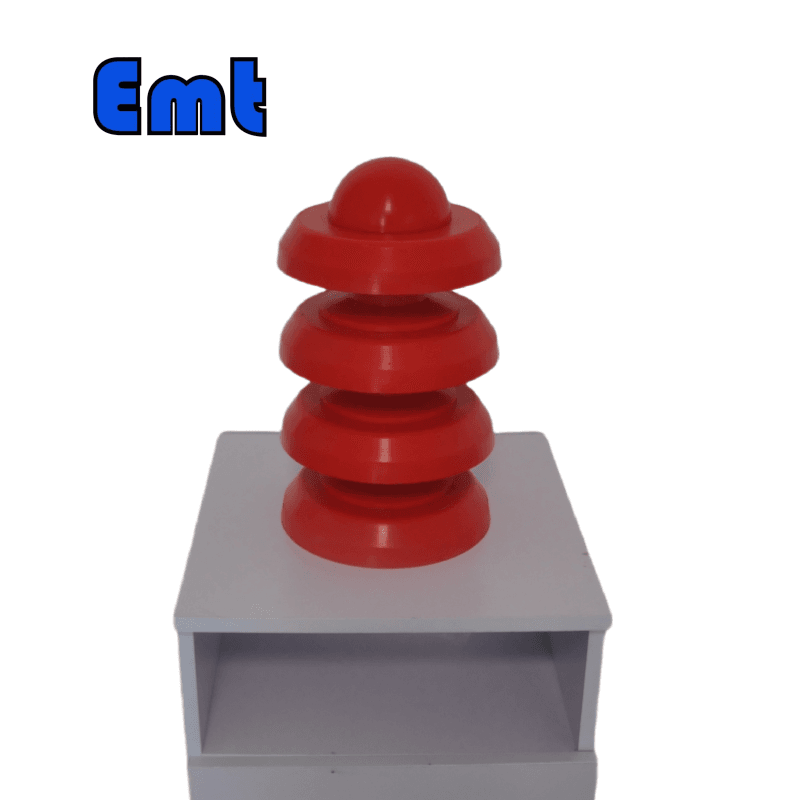
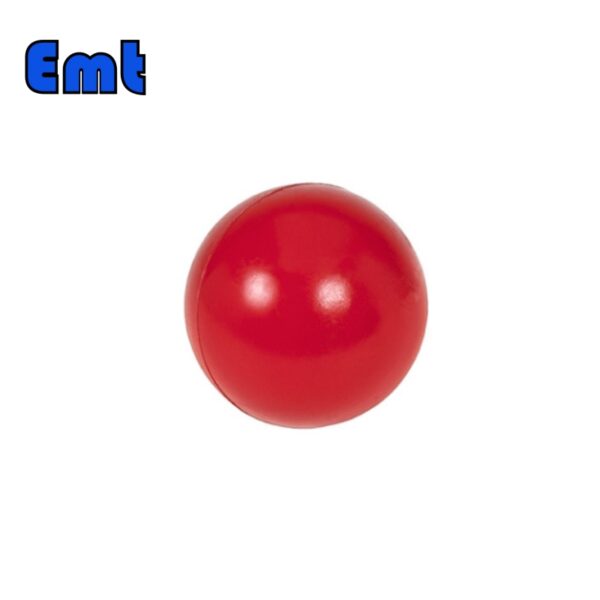
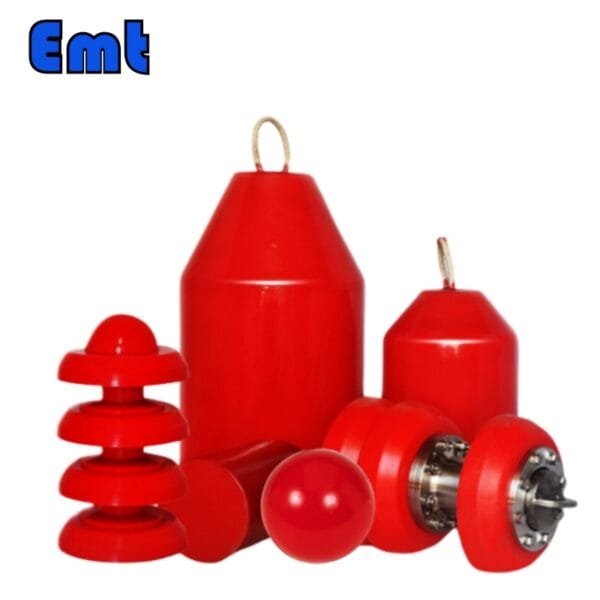
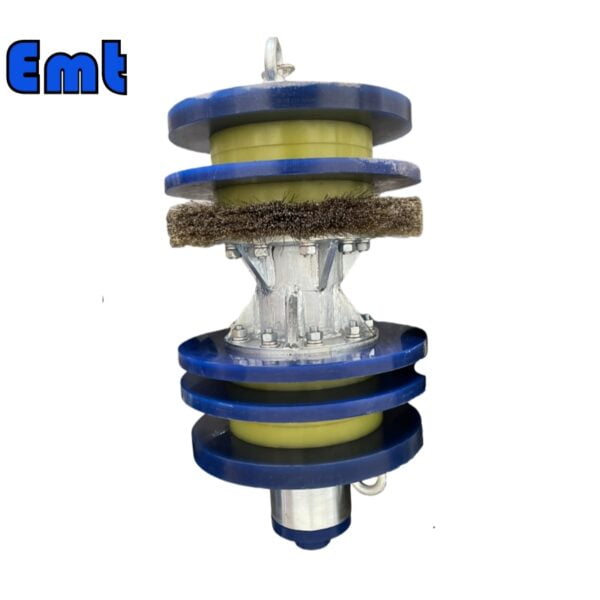
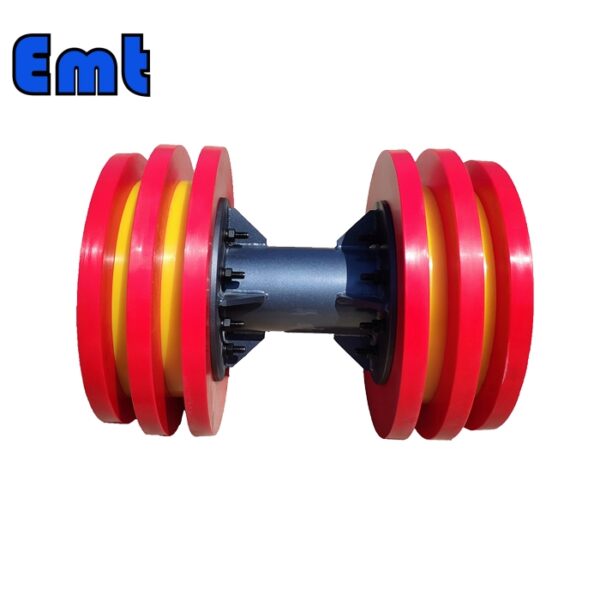
There are no reviews yet.